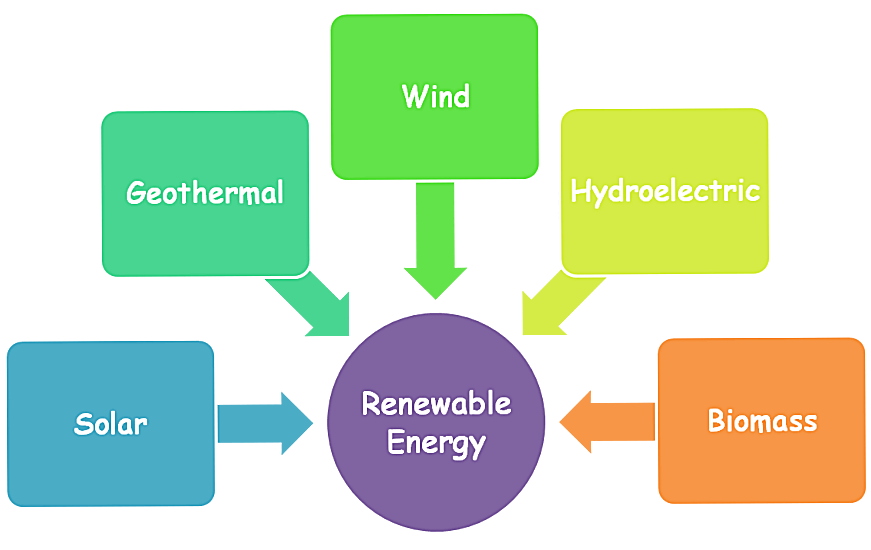
Renewable Sources
Commercial energy is dominated by petroleum and electricity which are the prime movers of the modern sector of the economy. Wood fuel provides energy needs of the traditional sector including rural communities and the majority of urban households. In addition, industry (e.g. food processing, agro-processing and cement) and institutions are also switching from petroleum based fuels or coal to using wood fuel for heating applications.
At the national level, wood fuel and other biomass account for about 68% of the total primary energy consumption, followed by petroleum at 22%, electricity at 9% and others including coal at less than 1%.
Kenya’s electricity generating capacity as at June 2011 was 1,593MW. This is expected to grow to 15,000MW by 2030. The current installed capacity is made up of Hydro 48%, Thermal (fossil fuel) 38%, Geothermal 12%, Cogeneration (baggasse) 2% and Wind 0.3%. Hydro generation dominates the electricity supply mix but is highly vulnerable to weather conditions and climate change. The system expansion plan over the 20 year plan period indicates that 26% of the total installed capacity will be obtained from geothermal, 19% from Nuclear Plants, 13% from coal plants and 9% from imports. Wind and Hydro plants will provide 9% and 5% respectively while Medium Speed Diesel and Gas Turbines plants will provide 9% and 11% of the total capacity respectively.
Renewable energy is high up the priority list in Kenya for a number of reasons:
- Thermal based generation currently accounts for 37.5% of the total electricity consumed. Looking at Kenya’s electricity generation capacity from 1999-2011, the greatest increase to date has been the thermal electricity generation capacity, a trend that is set to continue following the reduced reliability of the hydro plants. Even in the optimistic Least Cost Power Development Plan 2011-2031, the percentage of thermal based generation will only drop to 21% in 2020.
- National household electrification rates stand at an average of 22%; 5% in rural areas and 50% in urban areas. 87% of un-electrified rural households rely mainly on kerosene (tin lamps and lanterns) while about 2% use solar PV for lighting. The medium term government target is to provide electricity to all public facilities (trading centres, schools, polytechnics, health centres, community water works and administrative offices); household electrification is currently not prioritized.
- Biomass is still the main source of energy and the current levels of unsustainable harvesting of biomass resources and their inefficient use cannot continue for much longer without serious environmental consequences.
Kenya is endowed with significant amounts of renewable energy resources such as wind, solar, geothermal, small hydro and biomass. The Ministry of Energy has made an effort to assess wind and small-hydro potential in the country. However, comprehensive assessment, mapping and appraisal of all the renewable energy resources in the country have not been done to determine their technical and economic viability.
RE technologies have been in existence for some time and have been deployed elsewhere as they continue to improve and evolve. In some cases, their economic viability is marginal and in all cases, is critically dependent on the level of adoption and costs. Nevertheless, in the expectation of rising fossil fuel costs, improvements in technology and reductions in technology costs, it is appropriate for Kenya to position itself so that it can capitalize on the potential opportunities in renewable energy production.
Promoting and creating awareness on renewable energy as well as providing information on renewable energy markets, market actors and technologies…
[wp_rss_multi_importer category=”2″ maximgwidth=”50″]


